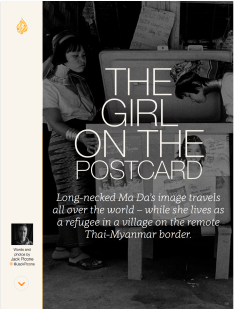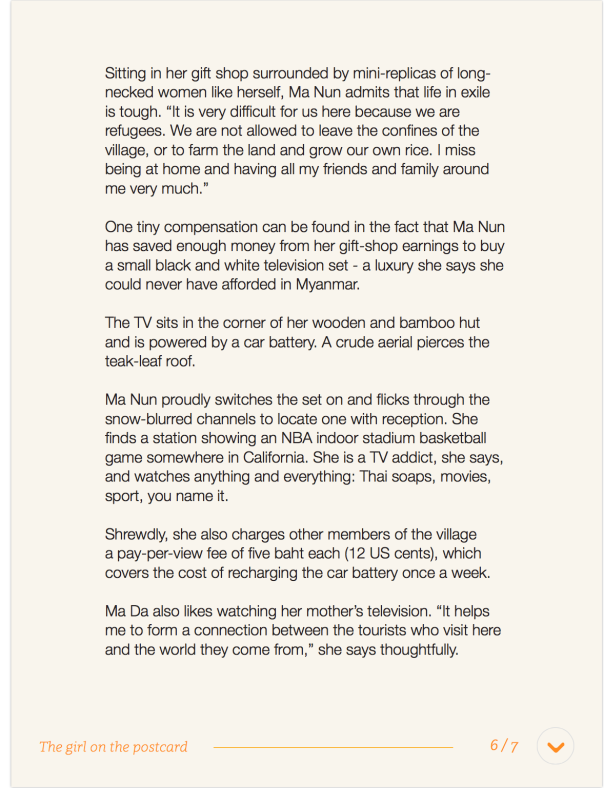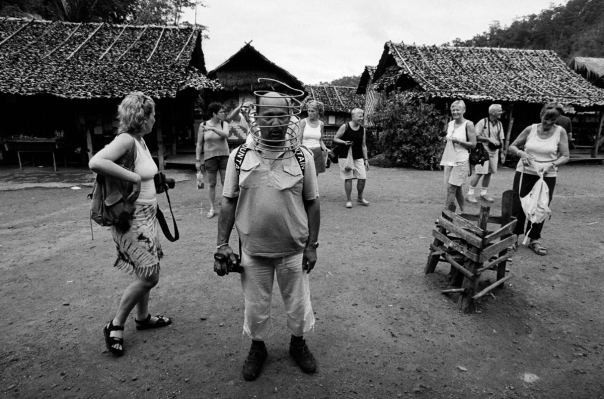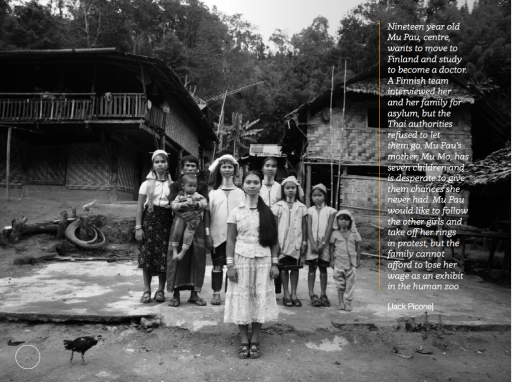 April 2019 is the 25th anniversary of the 1994 Rwandan genocide.
April 2019 is the 25th anniversary of the 1994 Rwandan genocide.
As you read this, Rwandan people are midst 100 days of mourning.
The final number of people who died (and maimed) in the most violent, base and horrific of circumstances has never truly been quantified. Educated estimates place the death toll, conservatively, at one million people. Previously unknown mass grave sites are still being discovered, today. The depth and breadth and vast scale of death solicit inevitable comparisons of the wholesale slaughter of the Jewish community during the second world war and the Cambodian genocide in South-Esat Asia.
In 1994, I documented and reported on the genocide as it unfolded. After crossing the border illegally from Uganda with fellow photographer and friend Stephen Dupont we quickly realized that we had easily, too easily, walked through a door into hell on earth. In front of us was; a burnt, blighted, broken, bomb and a bullet-scarred landscape peppered with the dismembered dead. We ricochet across Rwanda in the back of pick-up gun trucks with the Rwandan Patriotic Front (RPF). At times we crossed paths and interviewed the RPF’s leader Major General Kagame (now President Kagame) as he led his men and pushed towards the capital Kigali to regain power, he saw was theirs. During the battle for RPF to regain power, Rwanda spiralled into a politically toxic and human abyss. Rwanda almost fell off the edge of the world. Such was the heightened level of destructiveness, horror and carnage dispensed by both Tutsis and Hutus it is not implausible to suggest that Rwanda may have never been seen again. It was on the cusp of annihilation.
Fast forward >> to the Twenty-First Century; The VII Foundation is examing countries now at peace (like Rwanda in this case) critically and with rigour and by dispatching leading photographers and writers of war to those countries where they first reported from during the conflict to consider them contemporarily.
Some of the other countries and regions included in the series include; Iraq, Cambodia, Bosnia, Colombia and The Middle East.
I have recently returned from Rwanda working with The VII Foundation VII/F documentary film crew making a feature-length documentary film re-tracing the dark journey I made in 1994. I was assigned by VII Foundation Directors Gary Knight, Ron Haviv and Directed and collaborated with Fiona Turner. On the
ground in Rwanda, I collaborated with the erudite VII Cinematographers and photographers, Christopher Morris and Maciek Nabrdalik our translator and Rwandan all things cultural ambassador was Gadi Habumugisha. Peter Klein the legendary Producer, Director and Founder of The Global Reporting Centre kept us all flying at a high altitude and being the best we could be.
As quintessentially important and necessary as it is documenting war, media is often absorbed with documenting wars as they unfold. The distinction here is, the VII Foundation Peace Project is innovative in adjusting the balance by extending the documentation and the conversation to be more inclusive of the aftermath of war. It is an exploration of countries previously ravaged by war, considering the legacy and impact of war upon their specific culture and country. It is rooted in reflectively making an attempt to quantify the ‘quality of peace’ in post-war time and most importantly – maintaining peace.
Our Rwanda at Peace documentary is in the editing suite for a while yet but as soon as I hear of a release date. I’ll make a post about where and when it can be viewed for those interested.
I have attached a random précis of photographs made during the 1994 genocide (as historical documents) and some contemporary photographs of Rwanda in 2019 – at Peace.
Rwanda April 1994











An RPF rebel soldier advances towards Kigali during the Rwandan genocide, Rwanda.







Rwanda February 2019
Alice Mukarurinda (right) and the genocidaire Emmanuel Ndayisaba (left). Emmanual viciously attacked Alice during the genocide cutting her hand off and leaving her for dead. Against all odds, both have reconciled with each other and now teach reconciliation to fellow perpetrators and victims caught up in the 1994 genocide.


Ecotourism (above and below) is a major contributor to Rwanda’s growing economy. In these photographs, Rwandans perform for foreign tourists at The Guardian Village an Eco lodge in Ruhengeri.


Belancila (Laurencie Nyirabeza’s close friend who was murdered during the genocide) Taba, Kigali.

Poignant and pervading photographs installation at the Kigali Genocide Memorial of Rwandans who were slaughtered in the 1994 genocide.

Ruth Mukankuranga mid-class at Karushaka, Prefecture, Kigali. Pre the 1994 genocide many teachers imparted discrimination against ethnic Tutsis via anti-Tutsi writings within school textbooks.



Agnes Nyiransabimana (red headdress) Pyrethrum flower farm owner with her workers harvesting Pyrethrum flowers outside of Ruhengeri (or Musanze) a city in northwest Rwanda.

A one on one interview (Jack Picone green jacket) with The President of Rwanda, Paul Kagame (blue windcheater). Producer, Peter Klein (far right).

Dairy cow shepherds care for their cows, Rubavu (former Gisenyi), Rwanda.




“Bringing in the wheat” (and below) outside of Ruhengeri (or Musanze) a city in northwest Rwanda. It’s the gateway to Volcanoes National Park, home to mountain gorillas and golden monkeys. 




This is “Umuganda,” a community cleanup held on the last Saturday of every month. It is the reason that Rwanda is known as the cleanest city on the African continent. Kigali, Rwanda.

Daily life in and around Kigali’s CBD.

Daily life in and around Kigali’s CBD.

Dairy cow shepherds care for their cows, Rubavu (former Gisenyi), Rwanda.
~JP






















Conflict, Documentary Photography, Ethics, Fuji, FUJIFILM XT3, Genocide, PEACE, Photojournalist, Picone Documentary Workshops, Rwanda, social commentary, Street Photography, The Jack Picone and Stephen Dupont Documentary Photography Workshops, War, Workshop News
RWANDA PEACE VII/F The VII Foundation
In Photography, Photography News on April 16, 2019 at 12:58 PMAs you read this, Rwandan people are midst 100 days of mourning.
The final number of people who died (and maimed) in the most violent, base and horrific of circumstances has never truly been quantified. Educated estimates place the death toll, conservatively, at one million people. Previously unknown mass grave sites are still being discovered, today. The depth and breadth and vast scale of death solicit inevitable comparisons of the wholesale slaughter of the Jewish community during the second world war and the Cambodian genocide in South-Esat Asia.
In 1994, I documented and reported on the genocide as it unfolded. After crossing the border illegally from Uganda with fellow photographer and friend Stephen Dupont we quickly realized that we had easily, too easily, walked through a door into hell on earth. In front of us was; a burnt, blighted, broken, bomb and a bullet-scarred landscape peppered with the dismembered dead. We ricochet across Rwanda in the back of pick-up gun trucks with the Rwandan Patriotic Front (RPF). At times we crossed paths and interviewed the RPF’s leader Major General Kagame (now President Kagame) as he led his men and pushed towards the capital Kigali to regain power, he saw was theirs. During the battle for RPF to regain power, Rwanda spiralled into a politically toxic and human abyss. Rwanda almost fell off the edge of the world. Such was the heightened level of destructiveness, horror and carnage dispensed by both Tutsis and Hutus it is not implausible to suggest that Rwanda may have never been seen again. It was on the cusp of annihilation.
Fast forward >> to the Twenty-First Century; The VII Foundation is examing countries now at peace (like Rwanda in this case) critically and with rigour and by dispatching leading photographers and writers of war to those countries where they first reported from during the conflict to consider them contemporarily.
Some of the other countries and regions included in the series include; Iraq, Cambodia, Bosnia, Colombia and The Middle East.
I have recently returned from Rwanda working with The VII Foundation VII/F documentary film crew making a feature-length documentary film re-tracing the dark journey I made in 1994. I was assigned by VII Foundation Directors Gary Knight, Ron Haviv and Directed and collaborated with Fiona Turner. On the
ground in Rwanda, I collaborated with the erudite VII Cinematographers and photographers, Christopher Morris and Maciek Nabrdalik our translator and Rwandan all things cultural ambassador was Gadi Habumugisha. Peter Klein the legendary Producer, Director and Founder of The Global Reporting Centre kept us all flying at a high altitude and being the best we could be.
As quintessentially important and necessary as it is documenting war, media is often absorbed with documenting wars as they unfold. The distinction here is, the VII Foundation Peace Project is innovative in adjusting the balance by extending the documentation and the conversation to be more inclusive of the aftermath of war. It is an exploration of countries previously ravaged by war, considering the legacy and impact of war upon their specific culture and country. It is rooted in reflectively making an attempt to quantify the ‘quality of peace’ in post-war time and most importantly – maintaining peace.
Our Rwanda at Peace documentary is in the editing suite for a while yet but as soon as I hear of a release date. I’ll make a post about where and when it can be viewed for those interested.
I have attached a random précis of photographs made during the 1994 genocide (as historical documents) and some contemporary photographs of Rwanda in 2019 – at Peace.
Rwanda April 1994
An RPF rebel soldier advances towards Kigali during the Rwandan genocide, Rwanda.
Rwanda February 2019
Alice Mukarurinda (right) and the genocidaire Emmanuel Ndayisaba (left). Emmanual viciously attacked Alice during the genocide cutting her hand off and leaving her for dead. Against all odds, both have reconciled with each other and now teach reconciliation to fellow perpetrators and victims caught up in the 1994 genocide.
Ecotourism (above and below) is a major contributor to Rwanda’s growing economy. In these photographs, Rwandans perform for foreign tourists at The Guardian Village an Eco lodge in Ruhengeri.
Belancila (Laurencie Nyirabeza’s close friend who was murdered during the genocide) Taba, Kigali.
Poignant and pervading photographs installation at the Kigali Genocide Memorial of Rwandans who were slaughtered in the 1994 genocide.
Ruth Mukankuranga mid-class at Karushaka, Prefecture, Kigali. Pre the 1994 genocide many teachers imparted discrimination against ethnic Tutsis via anti-Tutsi writings within school textbooks.
Agnes Nyiransabimana (red headdress) Pyrethrum flower farm owner with her workers harvesting Pyrethrum flowers outside of Ruhengeri (or Musanze) a city in northwest Rwanda.
A one on one interview (Jack Picone green jacket) with The President of Rwanda, Paul Kagame (blue windcheater). Producer, Peter Klein (far right).
Dairy cow shepherds care for their cows, Rubavu (former Gisenyi), Rwanda.
“Bringing in the wheat” (and below) outside of Ruhengeri (or Musanze) a city in northwest Rwanda. It’s the gateway to Volcanoes National Park, home to mountain gorillas and golden monkeys.
This is “Umuganda,” a community cleanup held on the last Saturday of every month. It is the reason that Rwanda is known as the cleanest city on the African continent. Kigali, Rwanda.
Daily life in and around Kigali’s CBD.
Daily life in and around Kigali’s CBD.
Dairy cow shepherds care for their cows, Rubavu (former Gisenyi), Rwanda.
~JP